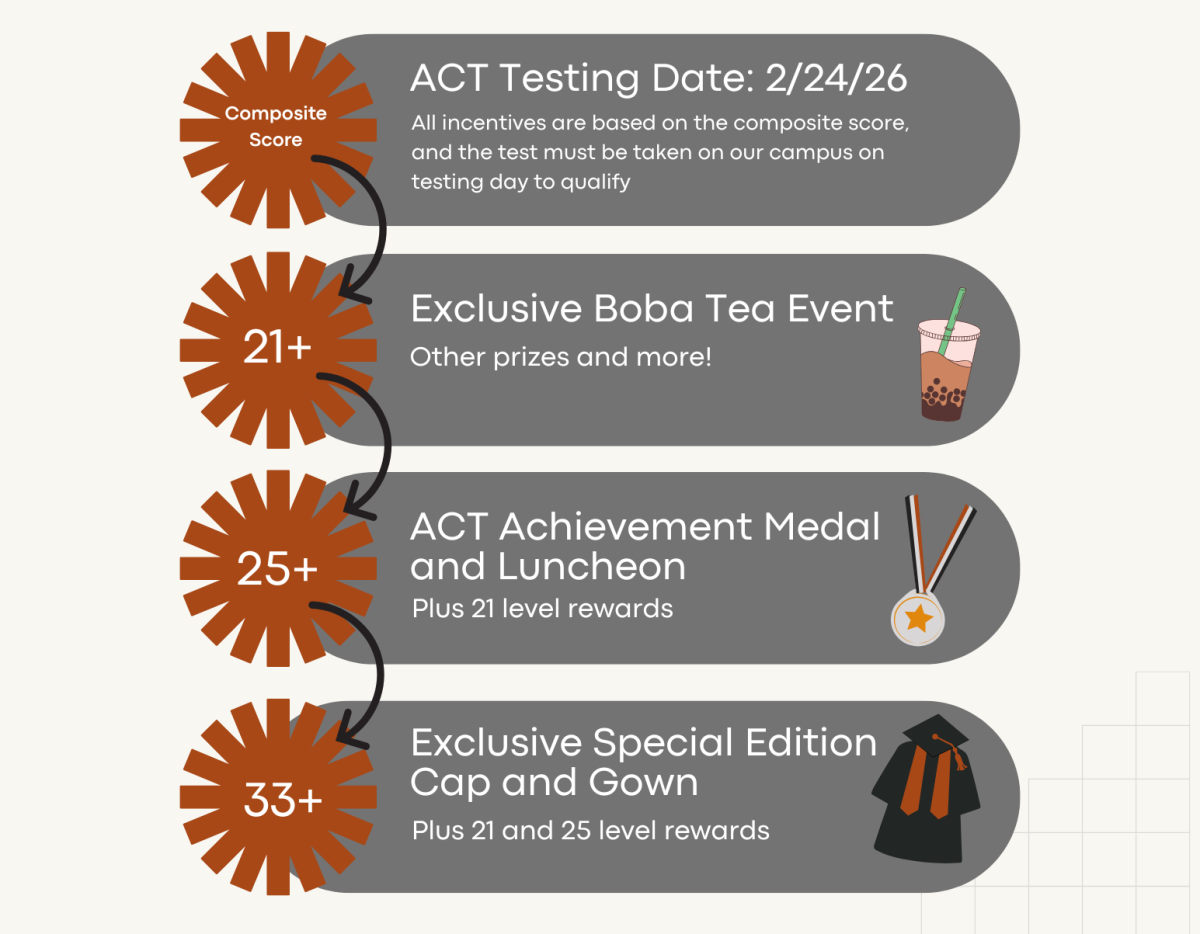To vary instructional techniques and introduce a different way of learning, Mary Breslins’ Anatomy & Physiology class have been creating informative brochures to help them gain a better understanding of the integumentary system.
“Normally we do a skin tissue box in class so the brochure is a way of introducing the integumentary system to the students in a fun and interactive way,” Breslin said. “There are a lot of layers and different accessory structures and functions of the skin so I transitioned my usual project into something that could be adaptable to distance learning.”
Information in the brochure must include a hand-drawn image of the skin, burns, and three specific diseases related to the integumentary system and their treatments.
“This brochure has helped me understand the integumentary system better because it allowed me to visualize the vast amount of information in an organized manner,” junior Tyler Reyes said. “It was really fun to make and I was able to get really creative with it and now I feel like I am better prepared for the test.”
Grading will be based on the accuracy of the information provided on the pamphlet, evidence and cited sources, organization and the overall understanding of the system.
“The integumentary system brochure was something new and exciting because it was a change in pace from the worksheets and Nearpod lessons we have been doing,” junior Cheri Chen said. “I appreciate Mrs. Breslin letting us work on it on our own time and explore our creativity by making hand drawn pictures and arranging it articulately by ourselves.”
Brochures are due on Nov. 6. Breslin wants students to do their best work so that the brochure could potentially be given to a dermatologist to hand out and educate patients regarding concerns over diseases and other skin problems.
“Most of the time if you go into a medical office the brochures educate people about the various different things such as laser treatment instead of telling you about skin diseases,” Breslin said. “The brochures are a way of educating people and this gives students the opportunity to use your knowledge, instead of memorizing a bunch of information and gets you to actually think about it and organize.”

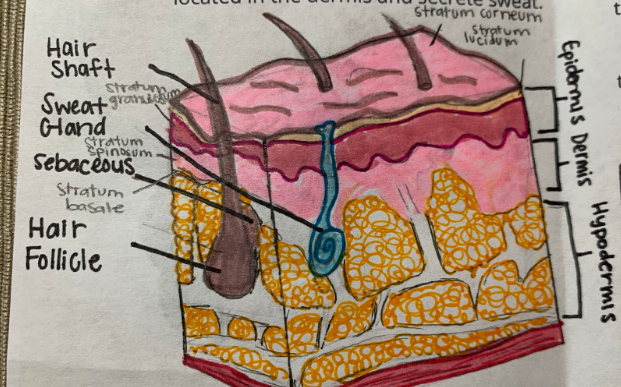
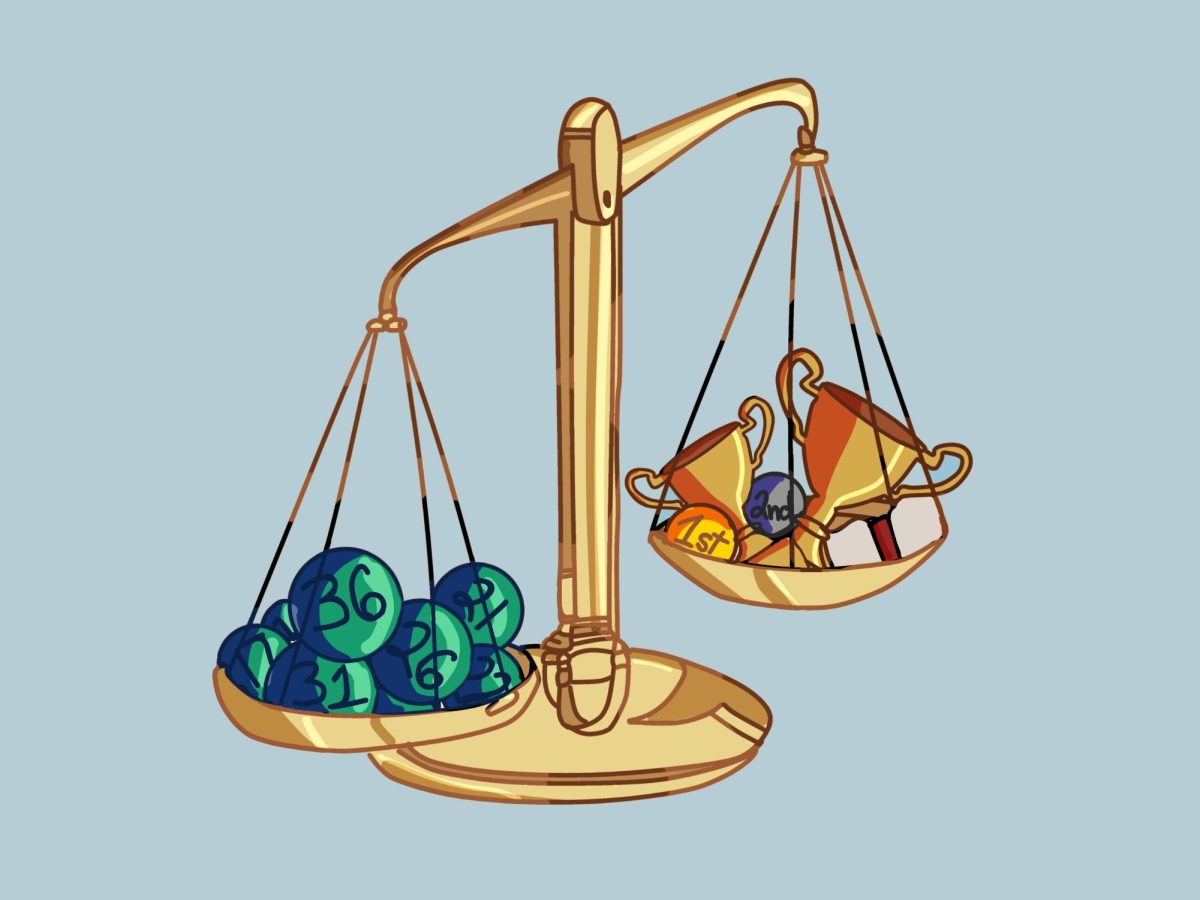

![Weighing her options, senior Allyana Abao decides between going on a practice drive or calling an Uber. Though unlicensed, Abao has considered driving to be a significant milestone of teen independence despite alternatives that provide much easier solutions.
“You're able to be independent and not rely on others,” Abao said. “You're able to get a job, get things that you need, go places you need to go. I have so many places that I want to go to and I ask [my family] for so much. I want to be independent to where they know that I can do things on my own, so they know that they don't have to be there for me.”](https://southwestshadow.com/wp-content/uploads/2025/10/IMG_2922-1200x900.jpg)
![Looking at the board, former BSU secretary Christina Altaye begins to prepare for BSU’s second year of Club Feud. This year, “Are You Smarter Than a Ninth Grader?” will be replacing this event. “I think it’s a fun change [to Club Feud],” BSU Activities Director Hellen Beyene said. “[I think] it’s always fun to do something new and different.”](https://southwestshadow.com/wp-content/uploads/2025/10/Screenshot-2025-09-29-11.06.43.png)

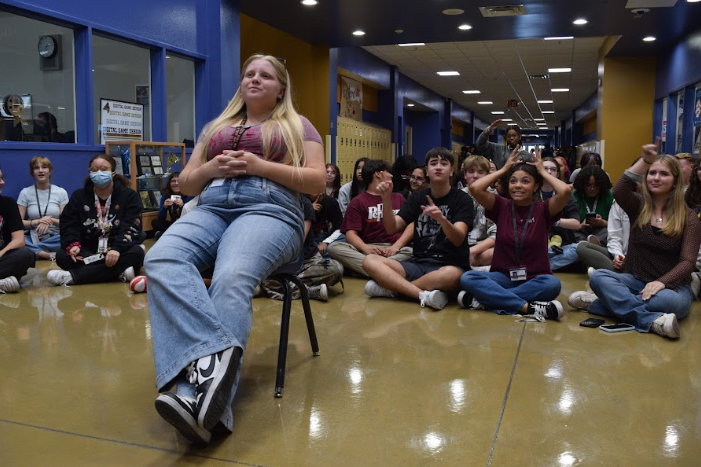
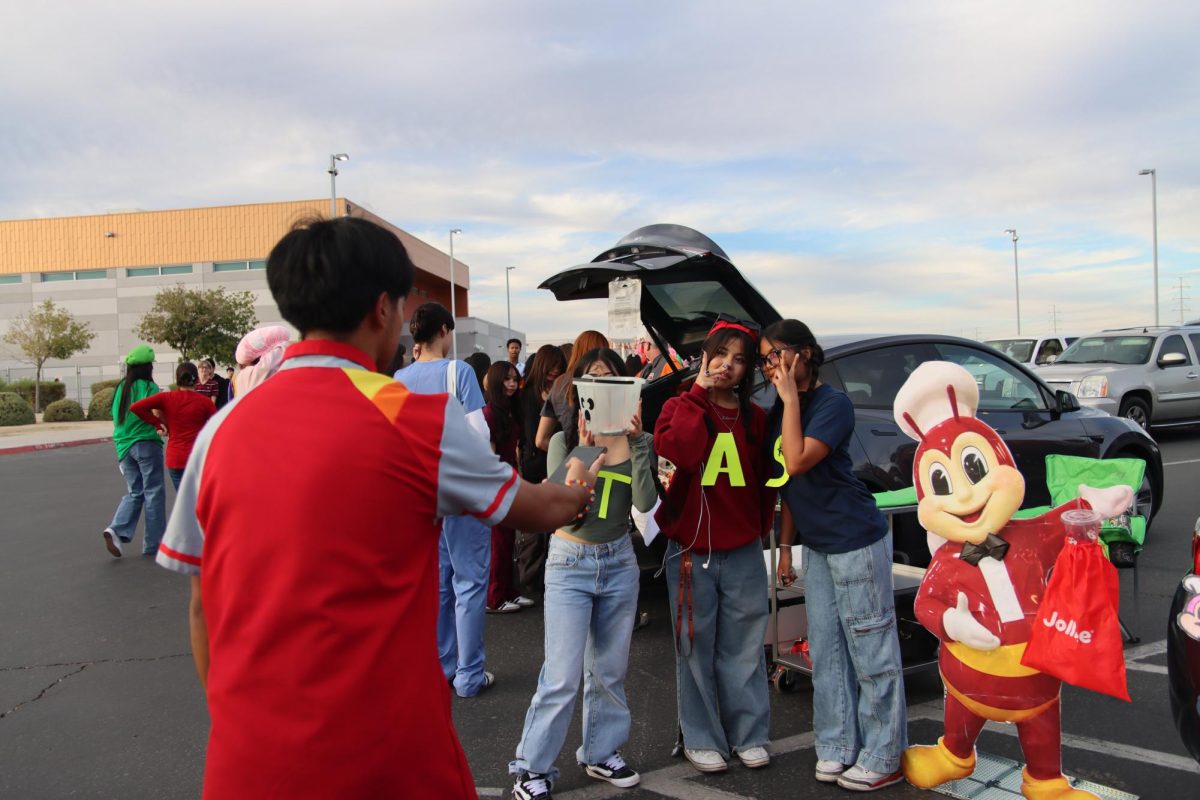
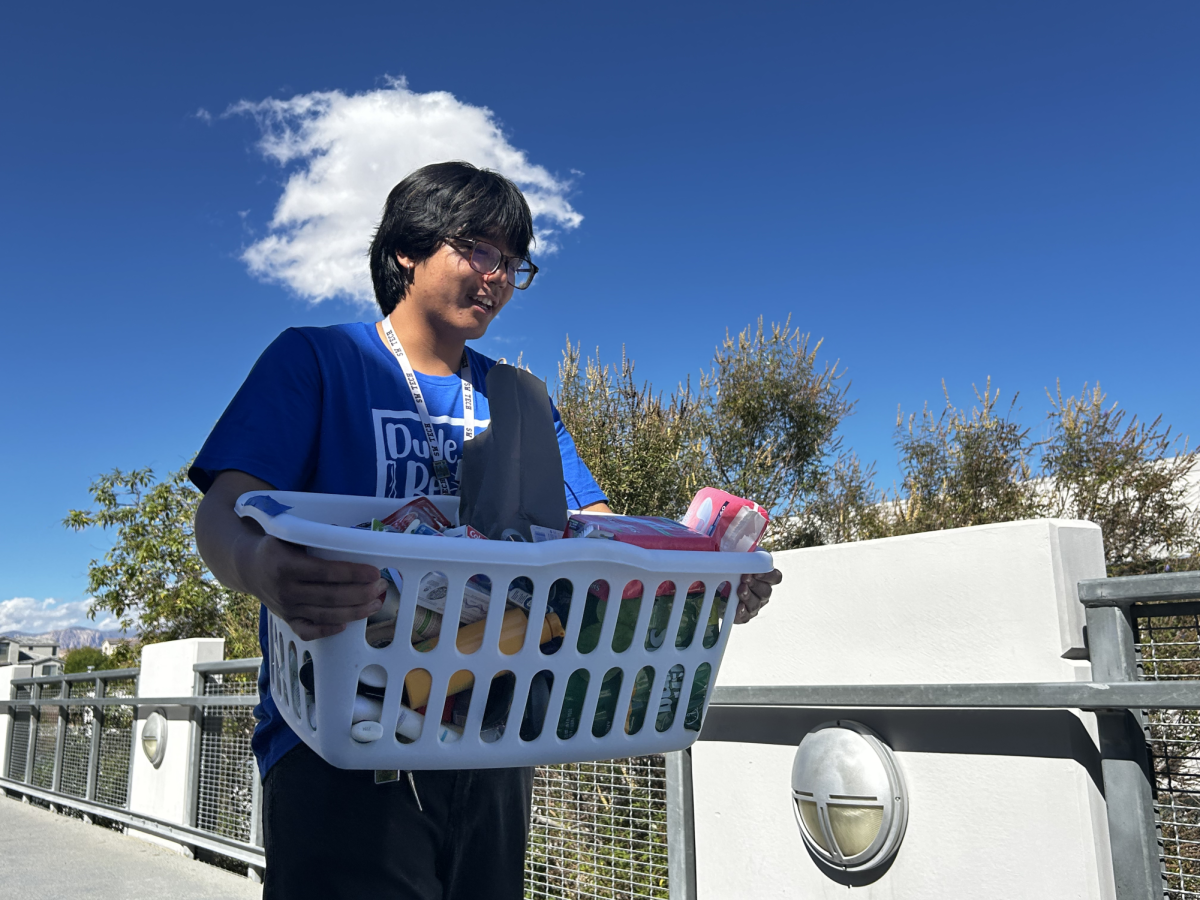
![Displaying a QR code for students to scan, the flyer allows students to sign up and learn about their desired colleges as they visit throughout the school year. Many schools have had additional presentations for students to learn more about what they offer. “For me, I’m interested in criminal justice,” junior Zion Jefferson said. “I know that UNLV and Nevada State University have this major. But, [the college fair] is going to be beneficial, so I can see what other schools offer as well.”](https://southwestshadow.com/wp-content/uploads/2025/10/IMG_2721-1200x900.jpg)
![Working in the Student Success Office, Attendance Secretary Lordis Depiazza inputs a student’s absence excuse note. Students are required to bring an excuse note to the attendance office within three days of any absence. “Reminding students that being in school is important because it reflects towards your grades and being able to do any activities with the school,” Depiazza said. “[It] seems to get the students' attention about wanting to be in school.”](https://southwestshadow.com/wp-content/uploads/2025/10/IMG_8313-1200x800.jpg)
![Arranging the fabric on the floor for a new project, senior Sapphyre-Ann Leung plans out her attire for the next deadline. With the recent closures, students now had limited resources and less margin for error with the fabric and materials they had in stock while trying to reach strict deadlines. “Joann’s had a lot of high-end fabric for our fashion competitions,” Leung said. “We couldn’t just buy ten yards of fabric from Hobby Lobby or Walmart. Since [Joann Fabrics] is no longer open, we have to buy items online, which is way more expensive.”](https://southwestshadow.com/wp-content/uploads/2025/10/IMG_0038-1200x800.jpg)
